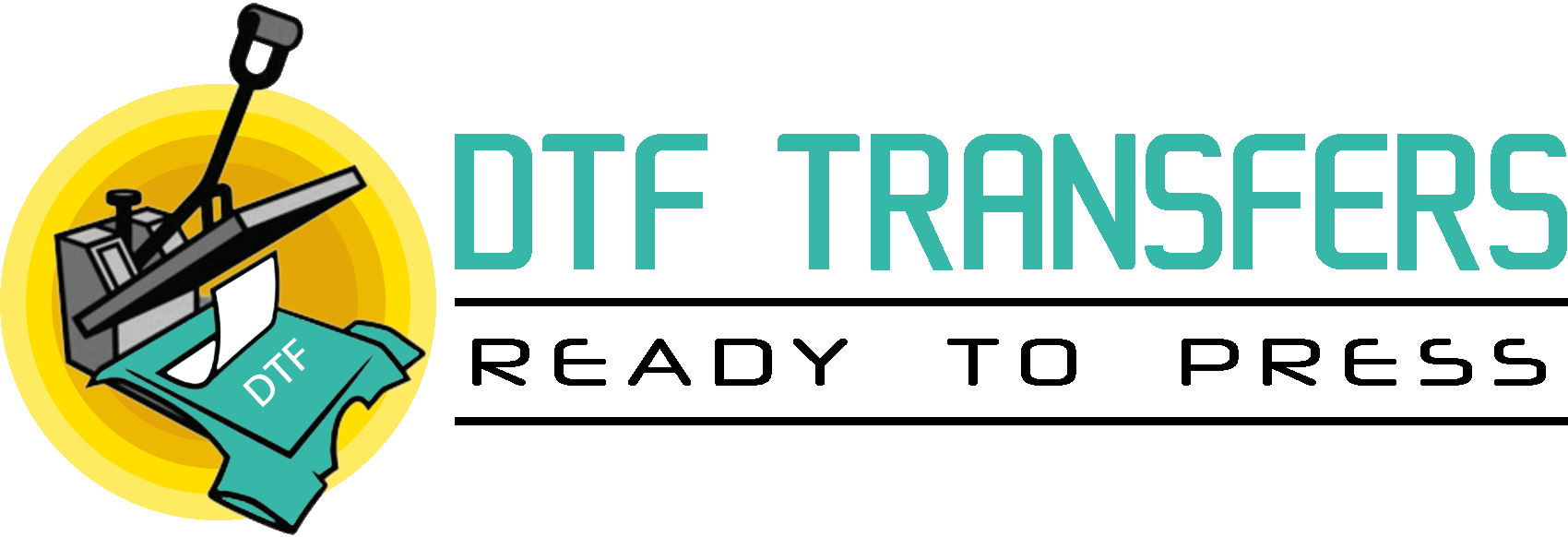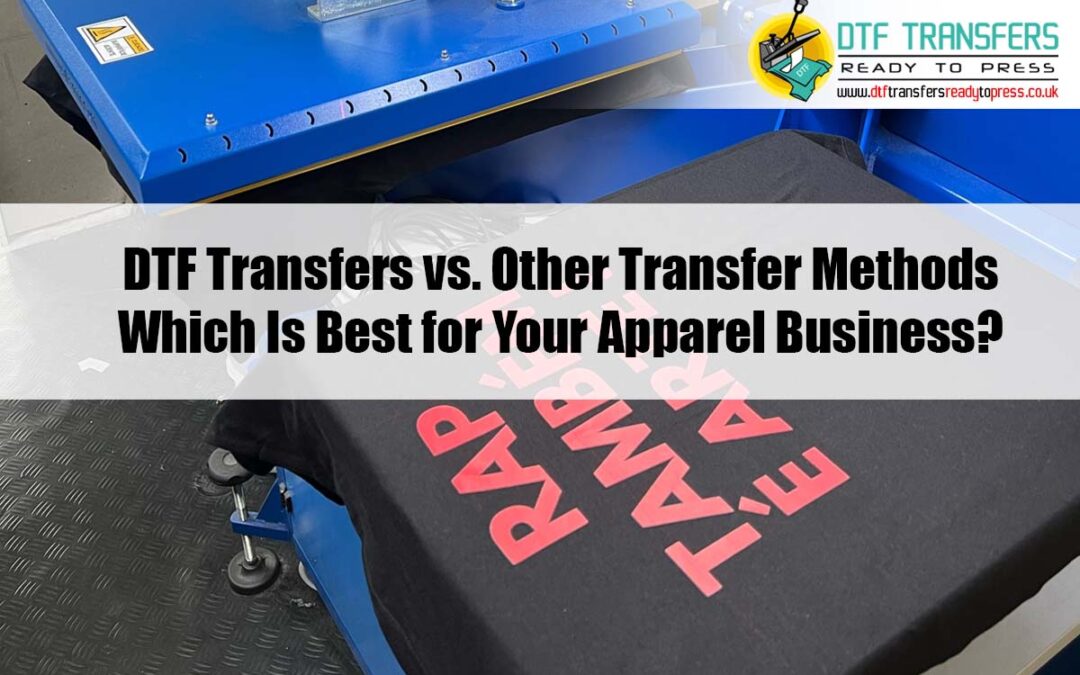When it comes to custom apparel printing, choosing the right transfer method is crucial for achieving high-quality results and meeting your business needs. Among the various methods available, Direct-to-Film (DTF) transfers have gained popularity for their versatility and vibrant prints. In this blog, we’ll compare DTF transfers with other common transfer methods to help you determine which is best for your apparel business.
DTF Transfers
Overview: DTF transfers involve printing a design onto a special film using a modified inkjet printer. The design is then coated with adhesive powder and cured, creating a ready-to-press transfer that can be applied to various fabrics using a heat press.
Advantages:
- Vibrant Colors: DTF transfers offer a wide color gamut and excellent color reproduction, resulting in vivid and detailed prints.
- Versatility: Suitable for a variety of fabrics, including cotton, polyester, and blends.
- No Minimum Orders: Ideal for small runs and custom one-off pieces due to minimal setup costs.
- Durability: Designs are highly durable and withstand repeated washing without fading or cracking.
Disadvantages:
- Initial Investment: Requires a DTF printer and specific consumables (film, adhesive powder).
- Learning Curve: May require some training to master the process.
Screen Printing
Overview: Screen printing involves creating a stencil (or screen) and using it to apply layers of ink on the printing surface. It’s a traditional method known for its durability and ability to produce high-quality prints.
Advantages:
- Cost-Effective for Large Orders: Economical for bulk orders due to low per-unit cost after initial setup.
- Durable Prints: Produces long-lasting prints that can withstand heavy washing.
- Vibrant Colors: Capable of producing vivid and opaque colors, especially on dark fabrics.
Disadvantages:
- High Setup Costs: Not cost-effective for small orders due to the need for creating screens.
- Limited Detail: Fine details and gradients can be challenging to achieve.
- Time-Consuming: Longer setup and production times, especially for multi-color designs.
Heat Transfer Vinyl (HTV)
Overview: HTV involves cutting designs from colored vinyl sheets, which are then weeded and applied to the fabric using a heat press.
Advantages:
- Ease of Use: Simple process suitable for beginners.
- Versatility: Wide range of colors and finishes (e.g., matte, glossy, glitter).
- Durable: Vinyl is durable and resistant to washing and wear.
Disadvantages:
- Limited Complexity: Not ideal for complex, multi-color designs.
- Feel: Can create a heavier feel on the fabric, especially with large designs.
- Time-Consuming: Weeding intricate designs can be labor-intensive.
Sublimation
Overview: Sublimation involves transferring dye onto the fabric using heat. It’s primarily used for polyester fabrics and results in vibrant, full-color prints.
Advantages:
- Vibrant and Detailed Prints: Produces high-resolution, full-color designs with smooth gradients.
- Soft Feel: Ink becomes part of the fabric, resulting in a soft and breathable print.
- Durable: Prints are long-lasting and resistant to fading and cracking.
Disadvantages:
- Fabric Limitation: Only works on polyester or polymer-coated fabrics.
- Color Limitation: Best results on white or light-colored fabrics; colors can appear muted on darker fabrics.
DTG (Direct-to-Garment) Printing
Overview: DTG printing involves using specialized inkjet printers to print designs directly onto the fabric.
Advantages:
- High Detail: Excellent for detailed and full-color designs, including photographs.
- Quick Setup: Minimal setup time, ideal for small orders and custom pieces.
- Soft Feel: Prints are soft to the touch and breathable.
Disadvantages:
- Cost: Higher cost per print, especially for dark fabrics that require a white underbase.
- Maintenance: Requires regular maintenance of the printer to ensure consistent quality.
- Fabric Limitation: Best suited for cotton and cotton blends.
Conclusion
Each transfer method has its own strengths and weaknesses, making them suitable for different business needs and types of apparel. DTF transfers stand out for their vibrant colors, versatility across fabrics, and suitability for small orders. However, the best method for your business depends on your specific requirements, such as order volume, fabric types, and design complexity.
By understanding the differences between these transfer methods, you can make an informed decision that enhances the quality of your products and the efficiency of your production process. For businesses looking to explore the benefits of DTF transfers, consider checking out our shop page to find high-quality, ready-to-press DTF transfers that can elevate your custom apparel offerings.

